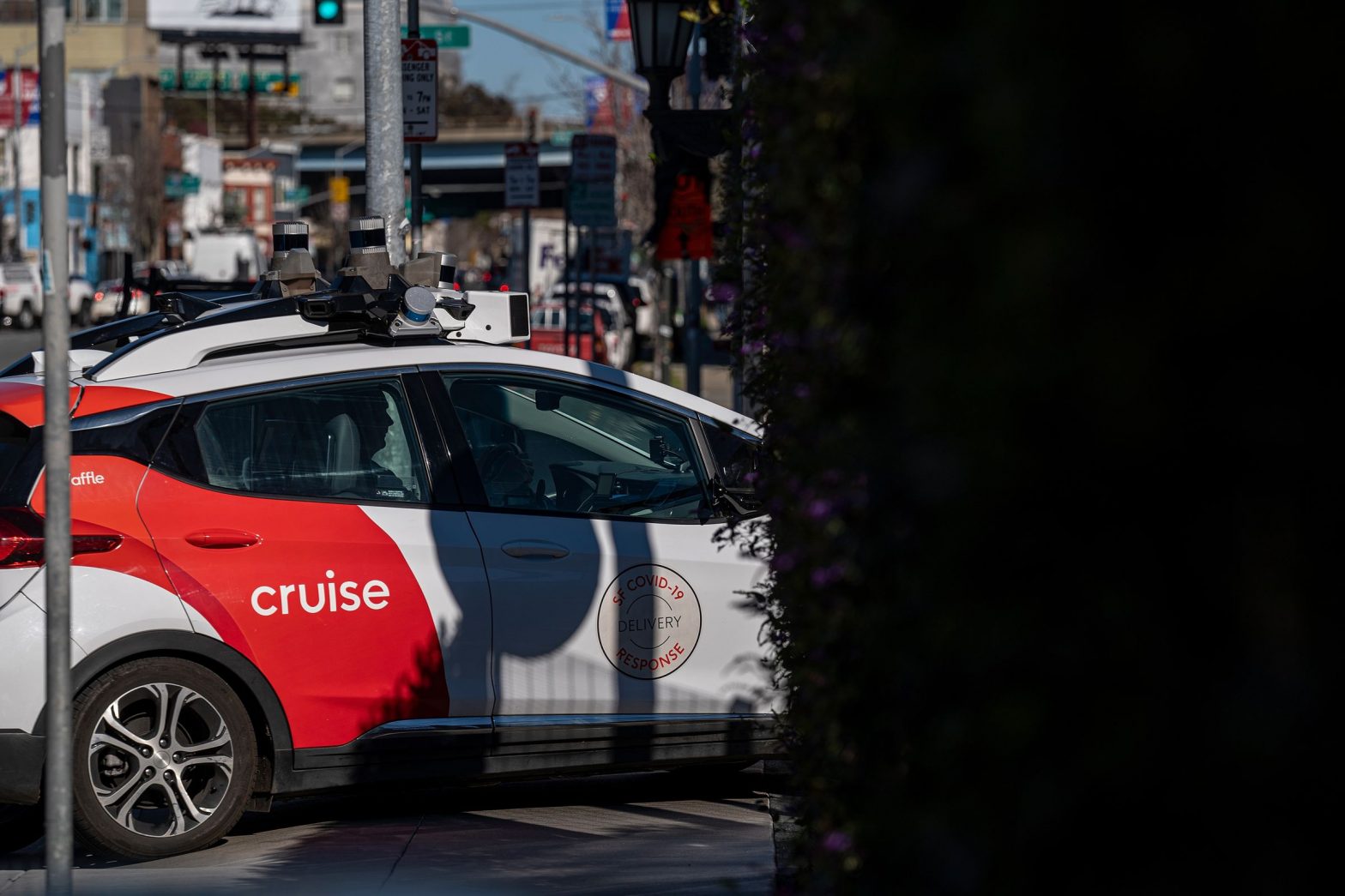/
Waymo and Cruise reported a record number of trips in the last quarter, even as San Francisco’s transportation officials seek to slow down their progress. It’s a sign that the robotaxi experiment will continue to roll along, no matter who finds it annoying.
:format(webp)/cdn.vox-cdn.com/uploads/chorus_asset/file/24398440/1238159752.jpg)
City officials are sick of them. Residents are annoyed by them. And any inkling of profit remains a distant dream. But despite mounting challenges, San Francisco’s robotaxis are rolling along.
This week, both Waymo and Cruise submitted their latest quarterly trip data to the California Public Utilities Commission, and taken together, they show steady progress in the number of miles and passengers served.
Both companies offer a paid ridehailing service in the Bay Area, with most of their activity concentrated in downtown San Francisco. But while Cruise is permitted to charge for rides in its fully driverless vehicles, Waymo only has authorization to charge for rides in vehicles with a safety driver behind the wheel.
(Waymo does conduct trips in its fully autonomous vehicles, but free of charge and only with employees or friends of employees as passengers. Waymo’s permit to charge for driverless trips is still pending approval by the commission.)
Cruise reported 2,783 paid passenger rides in its fully driverless vehicles — quadrupling the number of rides from the previous quarter. The company’s ridehailing vehicles traversed a total of 26,838.61 miles during the quarter, which covered September to November 2022.
During those three months, the company only reported one collision. A Honda Accord made contact with the rear passenger side bumper of a Cruise AV while the robotaxi was trying to maneuver around a stopped semi truck. There was no passenger in the vehicle at the time, and there were no injuries reported.
This is only the second quarter for which Cruise is supplying trip data to the CPUC, which is a condition of its commercial permit. And the company says its next report will show a significant increase in passengers and miles traveled as it continues to ramp up its robotaxi operation in the Bay Area. Cruise is waiting for CPUC to approve its request to expand operation to the entire city of San Francisco.
“Safety is the driving force behind everything Cruise does, and we continue to be proud of our safety record as we offer our service to even more people,” said Prashanthi Raman, vice president of global government affairs at Cruise. “Our safety work is never done, and we will continue to improve our service moving forward.”
Cruise’s main rival in the robotaxi space, Waymo, didn’t want to comment on the latest CPUC data, but there was still a lot of parse through.
As previously mentioned, Waymo’s Bay Area operations are split between paid rides in vehicles with safety drivers (aka “drivered rides”) and unpaid trips in driverless vehicles. Waymo has a list of pre-approved members of the public called “Trusted Testers” who ride in these driverless (or “rider-only”) vehicles that sign non-disclosure agreements to test the company’s early technology. But the majority of its trips are in drivered vehicles.
Over three months, Waymo did 183 trips as part of its driverless pilot, ferried 441 passengers, and traversed 3,057 miles. Its drivered vehicles did 6,313 trips, served 7,963 passengers, and traveled more than 410,700 miles, which includes its driverless pilot trips, as well as educational demo rides and rides given to Waymo employees and one or more guest. Employee-only trips are not reported as they don’t fall under CPUC jurisdiction.
So who’s winning?
Wrong question! While Waymo and Cruise are hot competition with each other, the Bay Area’s ongoing experiment with robotaxis is not a race. In fact, it’s a slow, laborious, and politically fraught journey with an uncertain conclusion. The companies are convinced they can eventually win over skeptics and prove their vehicles are a relatively safe addition to the transportation infrastructure of any city. But city officials aren’t so sure about that.
In July, a group of driverless Cruise vehicles blocked traffic for hours after the cars inexplicably stopped working. A similar incident occurred the following September. Meanwhile, a driverless Waymo vehicle created a traffic jam in San Francisco after it stopped in the middle of an intersection earlier this month. The National Highway Traffic Safety Administration opened an investigation into Cruise last December over concerns about the vehicles blocking traffic and causing rear-end collisions with hard braking.
Now, city officials are asking the CPUC to pump the brakes on authorizing the companies to add more AVs to the roads. They cite specific instances when Cruise’s robotaxis have obstructed emergency vehicles as evidence that the robotaxi experiment may have gone too far.
“A series of limited deployments with incremental expansions — rather than unlimited authorizations — offer the best path toward public confidence in driving automation and industry success in San Francisco and beyond,” a letter from San Francisco County’s Transportation Authority reads.
Waymo and Cruise have defended their safety record and characterize the letters as part of the normal push-and-pull between regulators and the companies they regulate. And as we can see with their quarterly data reports, the vehicles are continuing to roll on, oblivious to the increasing drama.
